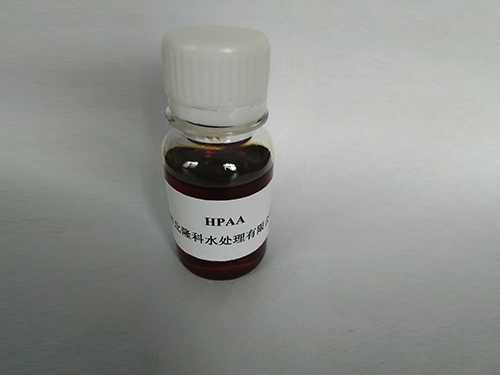pam chemical for water treatment
PAM Chemicals for Water Treatment An Overview
Water treatment is an essential process in maintaining the quality of freshwater resources and ensuring clean drinking water for communities around the world. Among the various chemical agents used in water treatment, Polyacrylamide (PAM) has emerged as a crucial component due to its excellent flocculation properties and versatility. This article explores PAM, its applications, benefits, and considerations in water treatment processes.
What is PAM?
Polyacrylamide (PAM) is a water-soluble polymer that is synthesized from acrylamide monomers. It can be found in both anionic and cationic forms, allowing it to be tailored to specific water treatment needs. As a flocculant, PAM works by facilitating the aggregation of suspended particles in water, forming larger clusters that can be easily removed. This property makes it particularly effective in treating wastewater from various sources, including industrial, municipal, and agricultural discharges.
Applications in Water Treatment
One of the primary applications of PAM in water treatment is in the clarification process. When added to water, PAM increases the settling rates of suspended solids, thereby enhancing the efficiency of sedimentation tanks. This is crucial for the treatment of wastewater where high levels of turbidity may impede treatment efficacy. Moreover, PAM is often used in conjunction with other coagulants, such as aluminum sulfate or ferric chloride, to optimize the removal of contaminants.
In addition to wastewater treatment, PAM is utilized in the primary treatment of potable water. By improving the removal of suspended particles, it helps to ensure that the water meets regulatory standards for drinking water quality. Furthermore, PAM is increasingly used in the treatment of stormwater, where it aids in reducing sediment loads and improving water quality before it enters natural water bodies.
Benefits of PAM in Water Treatment
pam chemical for water treatment

The effectiveness of PAM as a flocculant comes with a wide array of benefits. Firstly, its ability to function across a broad pH range makes it suitable for various water types. Additionally, PAM is capable of efficiently removing organic matter, heavy metals, and other contaminants from water, leading to improved water clarity and quality.
Moreover, PAM's use can significantly enhance the efficiency of existing water treatment facilities. By reducing the amount of chemicals required for coagulation and sedimentation, it can help lower operational costs and minimize chemical waste. This is particularly valuable for industries looking to maintain environmental compliance while reducing their ecological footprint.
Another significant advantage of PAM is its biodegradability. When properly managed, PAM can be broken down by microorganisms in the environment, reducing the risk of long-term pollution or harm to aquatic life.
Considerations and Challenges
Despite its advantages, there are considerations when using PAM in water treatment. The potential for the release of toxic byproducts during the degradation of acrylamide is a concern, particularly in areas where the polymer could enter aquatic systems. Therefore, proper handling, usage, and disposal practices must be implemented to mitigate risks.
Additionally, selecting the appropriate type of PAM—anionic, cationic, or non-ionic—depends on the specific characteristics of the water being treated. Understanding the chemistry involved is vital for optimizing its effectiveness and ensuring safety.
Conclusion
In conclusion, Polyacrylamide plays a pivotal role in modern water treatment practices, offering effective solutions for clarifying water and enhancing the removal of contaminants. Its versatility, coupled with beneficial properties, makes it an invaluable tool for addressing water quality issues in both industrial and municipal contexts. However, responsible management and thorough understanding of its application are imperative to maximize its benefits while minimizing potential ecological impacts. As water treatment technologies continue to evolve, PAM will likely remain a key player in ensuring clean and safe water for future generations.
-
lk-319-special-scale-and-corrosion-inhibitor-for-steel-plants-advanced-solutions-for-industrial-water-systemsNewsAug.22,2025
-
flocculant-water-treatment-essential-chemical-solutions-for-purification-processesNewsAug.22,2025
-
isothiazolinones-versatile-microbial-control-agents-for-industrial-and-consumer-applicationsNewsAug.22,2025
-
scale-inhibitor-key-solutions-for-water-system-scale-preventionNewsAug.22,2025
-
organophosphonates-versatile-scale-inhibitors-for-industrial-water-systemsNewsAug.22,2025
-
scale-and-corrosion-inhibitor-essential-chemical-solutions-for-water-system-maintenanceNewsAug.22,2025





